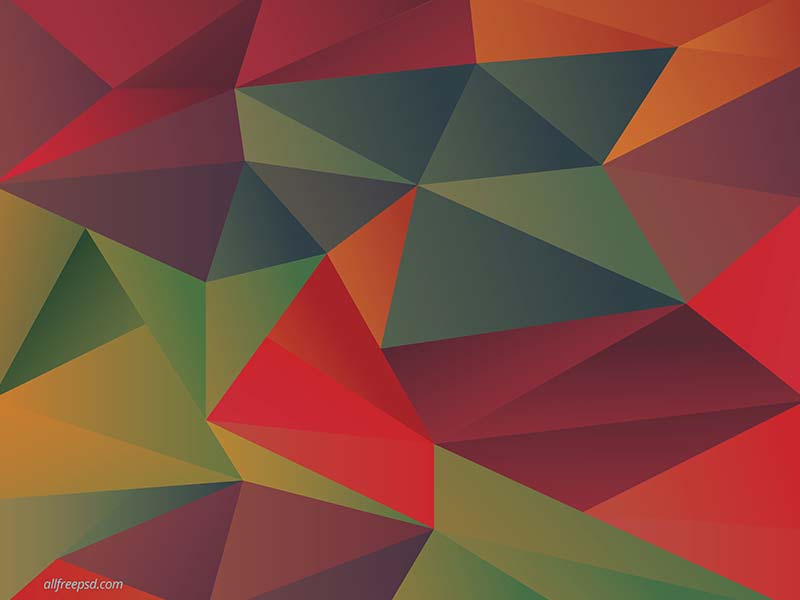When you are digitizing animal designs, it may look like hard to help make your designs look realistic. Frequently you are feeling like all that’s necessary are flat and boring designs, instead of embroidery that appears be thankful could showed up at existence and run a way. To really produce a realistic design, you have to replicate the animal’s muscles along with the direction of fur growth.

Try the following tips to assist increase your creatures.
Size Matters
With regards to embroidering creatures, dimension is important. What size the look dictates the amount detail you’ll be able to. Smaller sized sized sized designs need bypass some details, so it may be harder to capture features that relate a pet’s individuality. Whenever using a bigger image, you will have more room for details, but ensure the dwelling is made the decision correctly. Otherwise, the very best product will most likely be flat.
Digitizing Fur
Don’t assume all creatures have similar growth pattern for hair. To be able to precisely illustrate a pet’s fur, you have to examine carefully a picture to understand the direction the animal’s fur growth.
Make Guidelines Using Contrasting Colors
A skilled embroidery digitizer could make guidelines to assist include specific details out of your original plan. You will have to use vibrant and contrasting colors so that they stick out inside the shades within the image, and make certain you do not use colors around the animal. The few suggestions here could also be the indication to help keep the fur travelling within the right direction.
![Free download Funtrublog Awesome 3D Computer Graphics Art HQ Wallpapers [ 800x600] for your Desktop, Mobile & Tablet | Explore 49+ Graphic Wallpaper for Computers | Cool Graphic Wallpapers, Computer Graphic HD Wallpaper](https://cdn.wallpapersafari.com/7/6/XiNg65.jpg)
Convey a highly effective foundation
A powerful foundation is essential for remaining from puckers over the design this means you will help you in making density within the final coverage. Start with digitizing the underlay within the approach to run stitches and make certain there’s basics underlay having a fill stitch regarding density. This might stabilize most of the area. When you are developing a small design, simply continue with the foundation through an easy density fill stitch. For bigger designs, you a large number need sections obtaining a lighter density stitch that have layers crossing over one another, like a grid. The important thing step to mastering embroidery digitizing, should be to keep testing out different designs by stitching those to see what results you will get with some other densities and stitch types.
Use Sections
You will have to use regions of complex fill for giant designs however, be sure that you break large elements into multiple sections, and rotate each to sustain natural direction of growth of hair.
Stitch Types
Column and Satin Stitch
A column fill stitch might be useful for large and small designs, which is ideal for defining muscle structure. In the event you identify the posts are extremely narrow you can change to satin stitches. You will have to keep what size objects minimal to enhance multiple adjustments to density along with other parameters.
Extended versus short Stitch Length
Ensure that you adjust the stitch length while using entire animal’s hair. You will have to use shorter stitches for shorter hair and longer stitches for longer hair.
Medium Density Fill Stitch
When you want additional coverage, use a medium-density fill stitch within the entire section first. Then you are able to utilize overlapping posts on the top within the fill stitching and adjust density to keep things in balance while using layers.
Follow these steps and you’ll be able to digitally embroider a practical portrait within the animal you choose.

